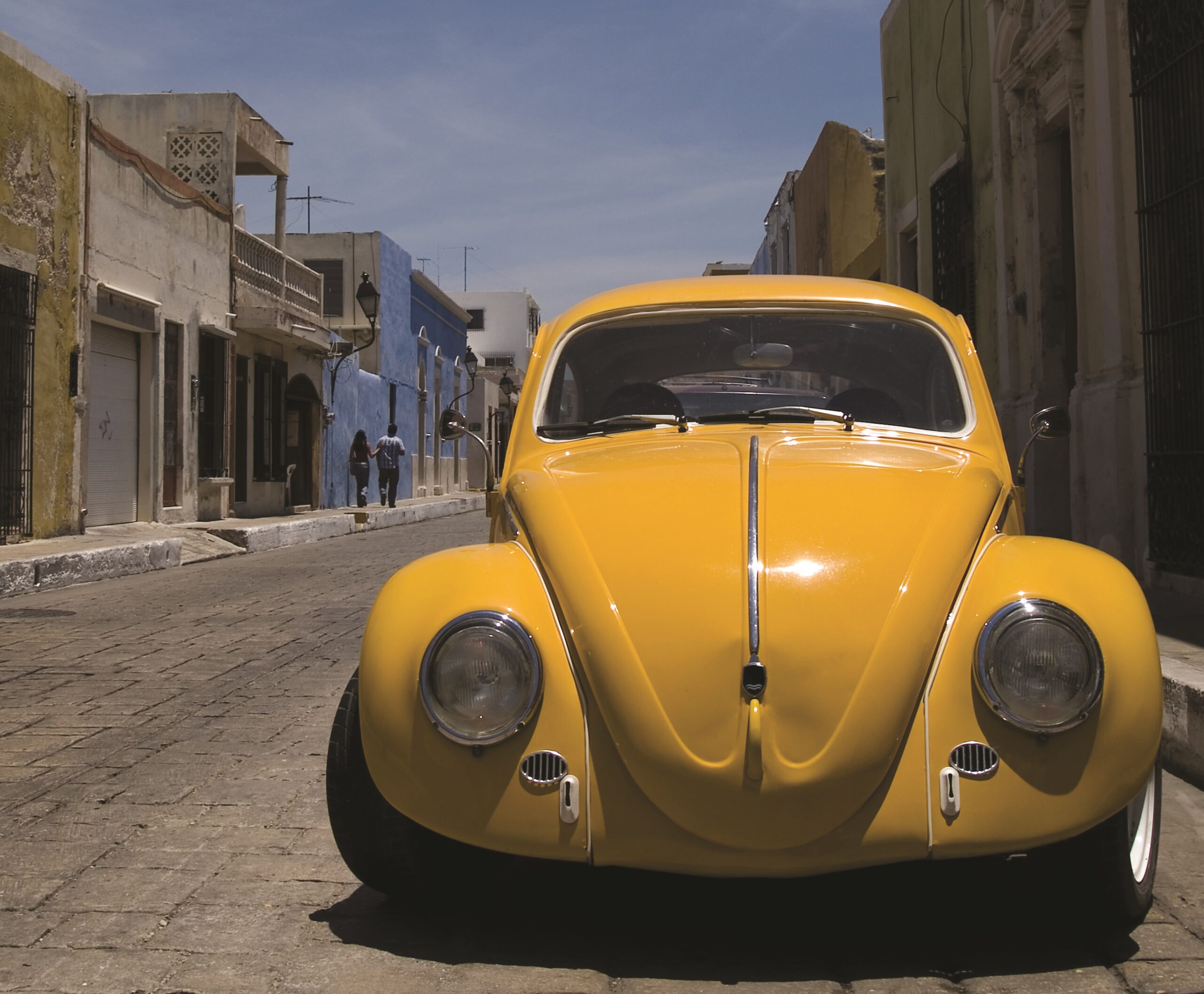Automobiles are responsible for most of the air pollution observed in Mexico City. In 1989, the government of that city introduced a program, Hoy No Circula (HNC)— English translation: “today it [your car] does not circulate.” The program bans most drivers from using their vehicles one day per week, based on the last digit of the vehicle’s license plate. It was supposed to sharply reduce automobile-caused pollution. In fact, recent research by Lucas Davis (2008) shows that, despite the program’s high costs, HNC failed to produce any improvement in Mexico City’s air quality.
Levels of major air pollutants in Mexico City have long exceeded maximum exposure limits established by the World Health Organization (WHO). For example, over the period 1986–2005, ozone levels high enough to threaten human health were recorded for 92 percent of all days. It was record levels of airborne pollutants that led the Mexico City government on November 20, 1989, to introduce the HNC program, which, for example, prohibits vehicles with a license plate ending in 1 or 2 from being used on Thursdays. The restrictions are in place between 5 a.m. and 10 p.m. on weekdays and apply to the vast majority of residential and commercial vehicles, exempting only taxis, buses, and emergency vehicles. Enforcement is stringent and, because fines and other costs imposed for violating the ban are substantial, compliance with the program is almost universal.
Davis examines the impact of HNC on the levels of five major pollutants produced by automobiles: carbon monoxide, nitrogen dioxide, ozone, nitrogen oxide, and sulfur dioxide. He finds that HNC failed to reduce airborne concentrations of any of these pollutants. Consistent with this, Davis also finds that HNC failed to reduce the consumption of gasoline in Mexico City and also failed to increase the use of public transportation. Davis does find evidence that some people moved their driving from the restricted weekday hours to late night and weekend hours. But overall, the driving restriction program reduced neither average pollution levels nor daily peak levels of pollution.
What happened? How could a widely obeyed program that seemingly swept 20 percent of the city’s cars off the streets fail utterly in achieving its goal of improving air quality? The answer is simple: The people of Mexico City bought more cars. A driver with two vehicles can drive every day of the week as long as the last digits of the license plates don’t match days. And because the added cars are only needed 20 percent of the time, purchasers generally did not buy new cars; instead they bought used cars, imported from other parts of Mexico or from the much larger United States market. Older cars tend to be high emitters of pollutants (because they lack the newest emissions control equipment and because such equipment becomes less effective with age). Thus, any decrease in emissions stemming from individuals who chose not to add to their auto inventory was fully offset by the added emissions of the cars purchased to avoid the HNC program.
The net effect of driving restrictions in Mexico City has thus been to produce no measurable benefits, but to do so at substantial cost. In fact, Davis estimates that the program has cost the citizens of Mexico City more than $300 million per year, or about $130 per car per year. While this may not seem like much, consider that the standard of living in Mexico is roughly one-fourth the level in the United States.
The implications of the Davis findings are important for environmental policy in major cities around the world. For example, according to the World Bank, the ten cities with the highest levels of airborne particulates are all in developing nations. Growing population and vehicle use in these cities threaten to exacerbate the health problems caused by airborne emissions. Driving restrictions appear, at first glance, to be an attractive tool for dealing with such issues—attractive enough that programs similar to HNC already have been implemented in Bogota, Santiago, and Sao Paolo. Yet the resounding ineffectiveness of driving restrictions in Mexico City suggests that such programs are misguided. (Beijing’s announced plans to restrict driving prior to and during the 2008 Olympics may be more effective; it is difficult to imagine many people purchasing cars to avoid a restriction lasting only a few weeks.)
It is well established that higher gasoline prices and electronic road pricing (time-of-day based tolls, for example) yield lower consumption of gasoline and lower emissions of harmful pollutants— and do so in ways that allow individuals maximum freedom in adjusting to the policies. Developing nations around the world are struggling to achieve improvements in environmental quality at the same time that population and living standards are growing. Programs such as driving restrictions, which lower wealth without improving air quality, hinder both environmental progress and economic progress. Surely the citizens of developing nations deserve better than this.
REFERENCE
Davis, Lucas W. 2008. The Effect of Driving Restrictions on Air Quality in Mexico City. Journal of Political Economy 116(1): 38–81.




